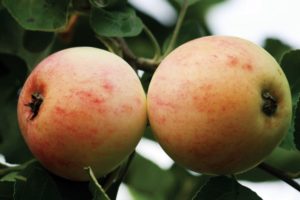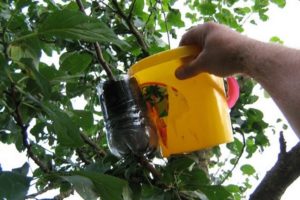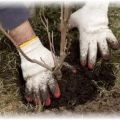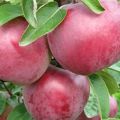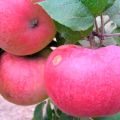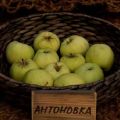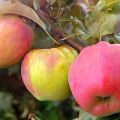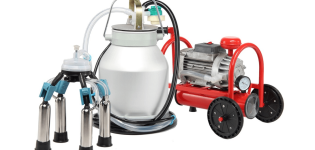Description of the variety of apple trees Rodnikovaya, yield and cultivation
Gardeners among the varieties of fruit crops often choose the Rodnikovaya apple tree, especially in the Ural region. She rightfully occupies a leading place in the ranking of autumn species. The characteristics of the plant are high, the trees are easy to care for, and the apples grow large in size with an amazing taste.
Breeding history
The variety was bred by the candidate of agricultural sciences Kotov Leonid Andrianovich at the selection station of gardening in the Sverdlovsk region. According to existing information, in the work on the new species, Kitayka Kerr, a variety from America, was used.
The main feature of the Spring Apple tree is its ability to withstand diseases such as scab, which is considered the most common disease among fruit trees.
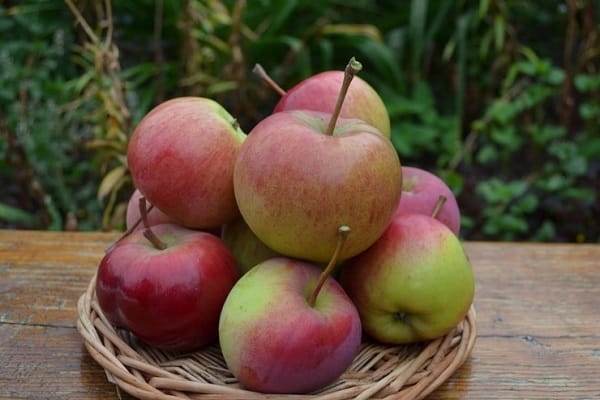
Description and features of the variety
This garden crop has the following characteristics:
- trees are growing rapidly;
- the crown is round, compact and not very dense;
- yield indicators at a high level;
- resistance to winter cold;
- the immune system allows you to resist scab.
According to the description of the variety in the reports of breeders, the leaves of the trees are large, saturated green. The shape is elliptical, the surface is smooth. Fruit weight reaches 150 g, sometimes there are specimens of 200 g.
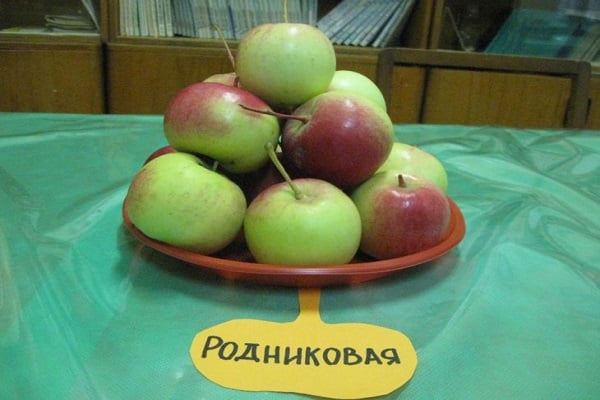
Attention! If you do not follow the rules of agricultural technology, then the apples will become smaller every year. And over time, interruptions in the harvest are possible.
When ripe, the fruit is rounded. Their color is attractive: green-yellow with a blurred raspberry tint. There are specks on the skin, they are noticeable, but there are not too many of them.
The flesh of apples is white, dense. The taste is sweet with a slight sourness.
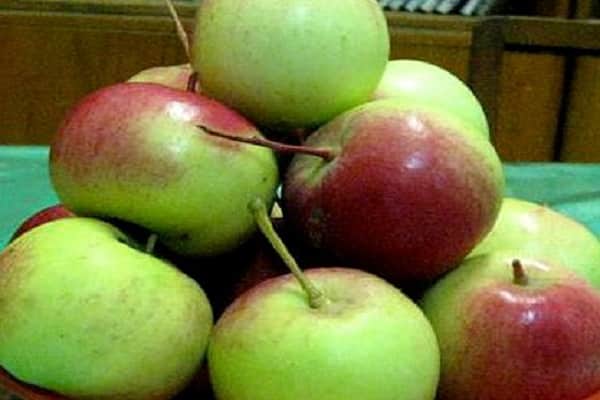
What are the varieties?
Breeding stations are engaged in breeding not only new, adapted to a certain Russian region, fruit and fruit crops. But they are also trying to give the existing varieties even more advantages. So, for example, some varieties are designed to develop in a shorter period of time, while others, in addition to the main functions, delight gardeners with their decorativeness.
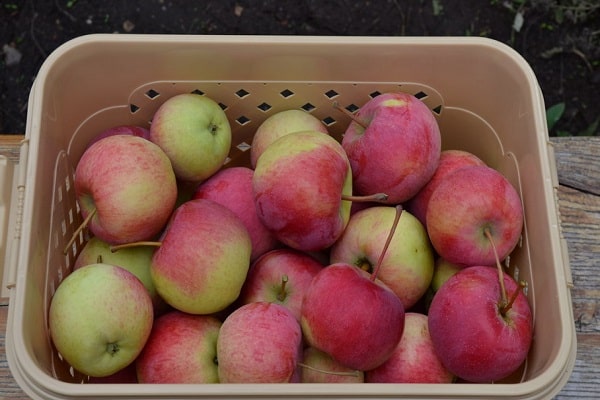
Semi-dwarf
This apple tree is a tree that has an average height of 2 to 3 meters. The crown grows 1.5-2 meters wide. The main feature of the species is crop growth and compact size.
The presence of such dignity suggests that the gardener pays much more attention and care to these trees than to others. After all, these plants are capricious.They must be carefully monitored, especially the root system, which is located close to the soil surface - 10-40 cm deep.
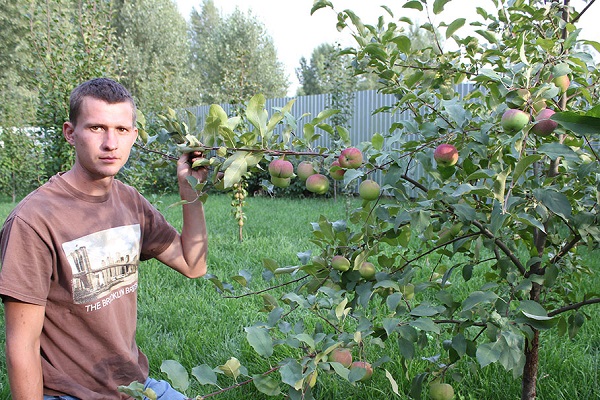
The semi-dwarf spring apple tree grows up to 2.5 meters. Nearby, flowing groundwater does not bother the tree in any way, because, as noted above, the roots do not go deep into them. The fruiting period occurs in the 3rd year after planting. Sometimes it drags on for another 12 months.
It is important to understand that this variety was bred for the purpose of rapid development and earlier harvest. Therefore, the life span of apple trees is not high. If properly and fully looked after, they usually live up to 15 years.
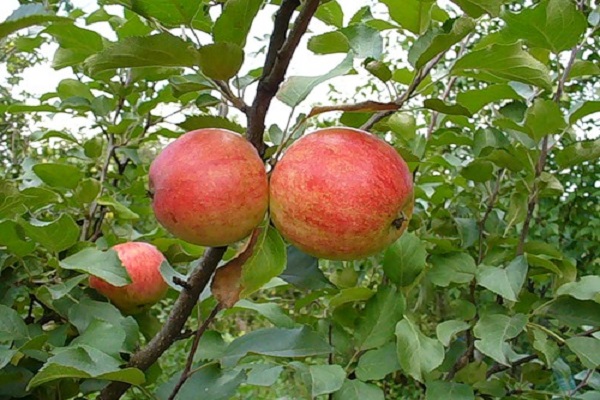
Standard winter
The stem plant is a very effective form of garden planting. It looks natural and attracts even the casual eye. Such a tree not only brilliantly fulfills the function of decorating the garden, but also produces an excellent harvest of fruits every year. Plot owners who choose to plant an apple tree benefit from easy crop maintenance.
Standard trees have the following features:
- due to the shape of the crown, they are able to ventilate better compared to ordinary types of apple trees;
- each plant has an active development;
- fruiting is always high.
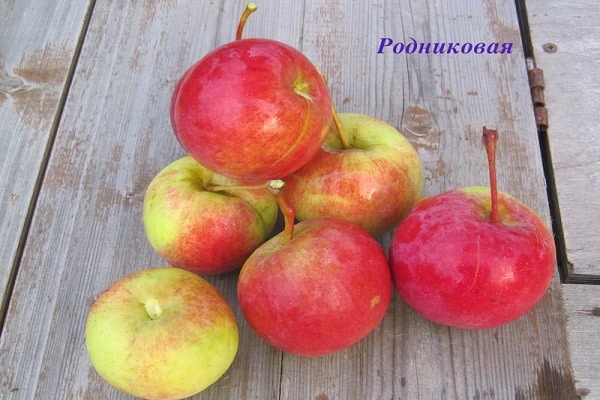
In the standard winter apple tree, all characteristics coincide with the description of the Rodnikovaya variety. The size of the trees reaches medium height. They are endowed with great resistance to cold weather in winter, yields are also noted at a high level. Such a disease as scab does not bother.
Fruits ripen in early autumn, they are stored until the New Year.
Pros and cons of the Rodnikovaya apple tree
The valuable qualities of this variety include:
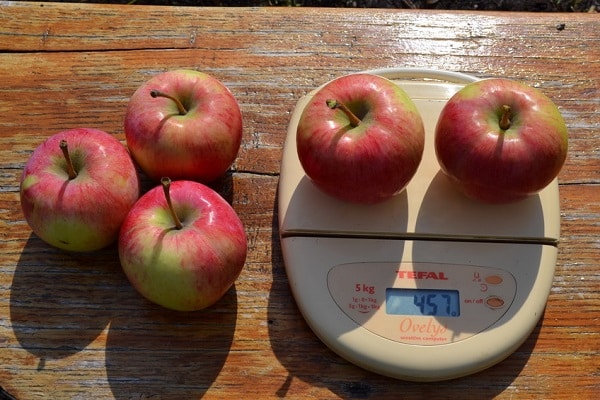
- resistance of immunity to 4 races of scab;
- subject to the rules of preparatory pre-winter events, apple trees are not afraid of the cold months;
- ripening of the crop occurs every year without interruptions in fruiting;
- taste and appearance noted by tasters at exhibitions.
Thanks to the efforts of breeders, the Spring Apple tree is devoid of noticeable disadvantages. The only thing it can be pointed out here is that some people note an uncritical dryness of the fruit.
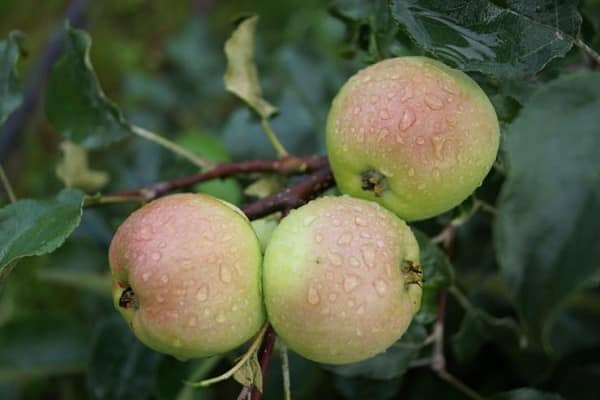
Variety characteristics
When choosing a seedling for planting on your site, it is worth finding out in more detail about the qualitative and quantitative indicators.
Dimensions of the tree
Plants are considered to be of medium height. Reaching adulthood, they almost never exceed the three-meter mark. The crown spreads out 2 meters wide.
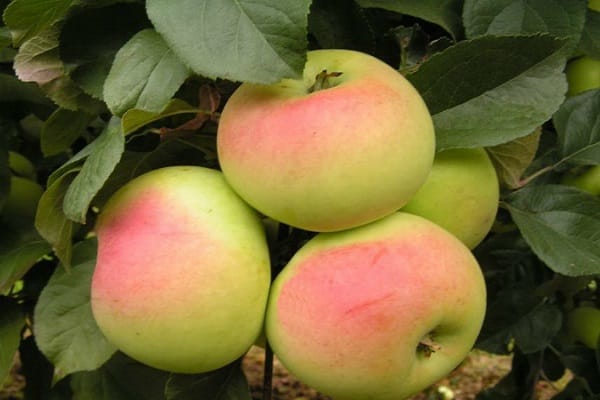
The fastest growing is observed three years after planting the seedling. For 12 months, the increase is up to half a meter. Further, the rate of development slows down; in subsequent years, the growth rate rarely exceeds 10 cm.
Strict adherence to agrotechnical rules will help to harvest the crop annually in the maximum amount, since there are no interruptions in fruiting.
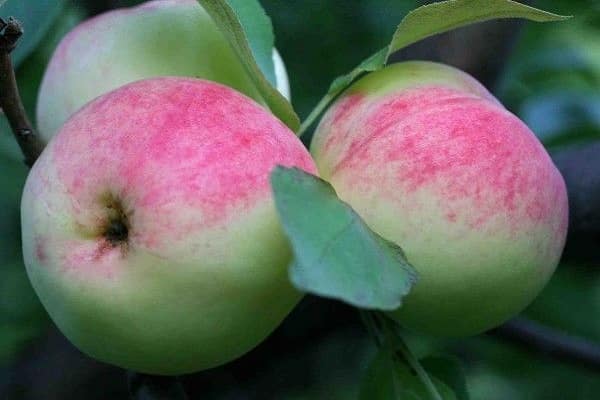
Productivity and fruit assessment
Spring gives a decent harvest. On farmlands, apple harvest is at a good level - 160 centners per hectare.
The fruits are rated high. They have a dense and fine-grained structure. The taste is sweet with a sour note. But the indicator for juiciness constantly varies. Apples seem a little dry to some, and vice versa to others. Assessment of tasters - 4.5.
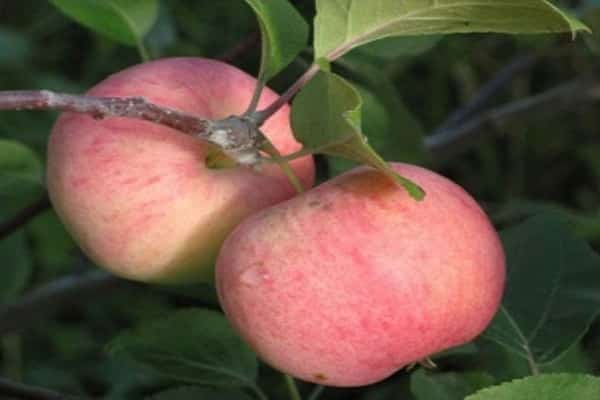
Winter hardiness
Frost resistance tests have shown that trees can survive cold temperatures down to -37 degrees, provided that they are properly prepared before winter.
Diseases and pests
The immune level of the variety is very high, the apple tree is endowed with great resistance to scab. Anyway, the plant shows an enviable resistance to many infections and diseases.
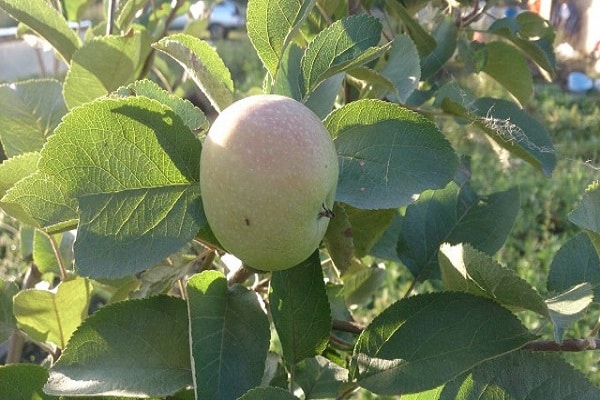
In which region is it better to grow?
At the stations, apple varieties are developed for specific growing areas.There they are able to develop as much as possible and bear more fruits. Rodnikovaya was bred for planting in the Volga-Vyatka region.

